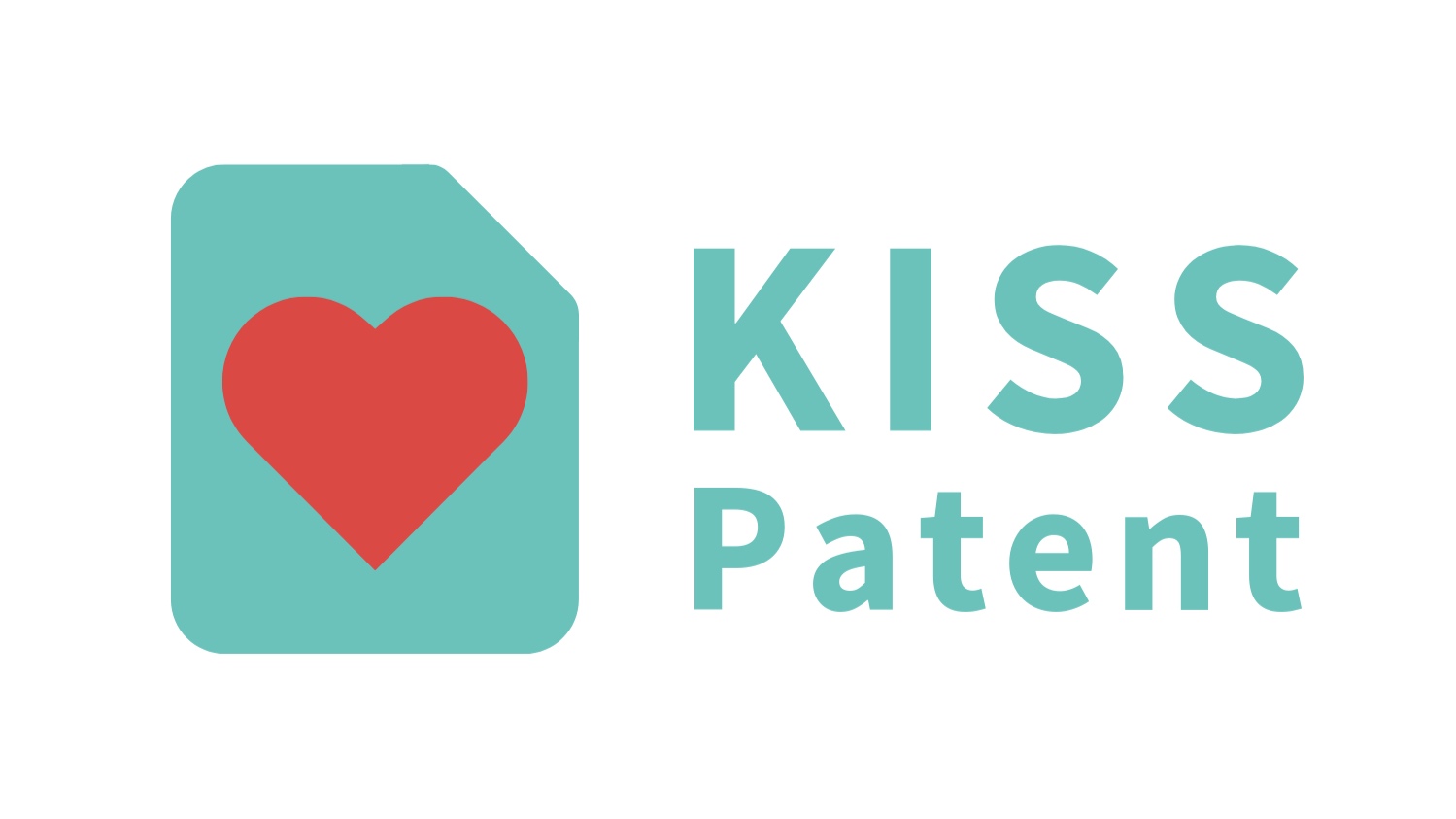As we’ve established in previous blogposts, AI ideas are patentable! Protect your idea from copycats and increase your idea’s value by leveraging patents.
Follow our easy to-read, 5-step guide to learn how to patent your AI innovation.
What are those 5 steps?
Step 1: Learn about the patent process
Step 2: Find out if you’re first
Step 3: Prepare your patent
Step 4: File!
Step 5: Go through examination
Step 1: Learn about the patent process
Your first instinct may be to think that learning about the patent process is a strange way to start. After all, learning about the patent process might not seem to directly contribute to getting a patent. But, what you don’t know about patents can hurt you!
It’s in your best interest to learn about the patent process for yourself to understand exactly what you need. You could go directly to a patent attorney, without doing the prep work for yourself first. However, you may find yourself caught in a ploy for money—because a patent attorney will sell you what they think you need. You know your idea best—and it’s up to you to make sure that you don’t end up paying for services that you don’t need—at least right now.
Think about a legal firm’s incentive—patent attorneys typically charge by the hour. For every minute you spend talking to an attorney, that’s another minute billed to your invoice – and you’re paying for it.
If you’ve done your homework, you have control over the patent process. You’ll know what you need – and when you need it, resulting in the best possible patent for your idea. And you’ll know what to do, every step of the way.
Let’s not forget that having full control over the patent process means that you have full control over the price that you pay. You’ll know exactly what to pay for that best patent for your idea.
After you’ve done your homework, the next step is…
Not sure if your AI idea needs a patent?
Take our short survey to find out what type of intellectual property is right for your AI idea!
Step 2: Find out if you’re first
Patents are a winner-takes-all process. The first to file wins! And this isn’t a “metaphorical” first to file—you literally need to put in your application before your competitors, or you may end up out of luck. It can even come down to a matter of days!
Patents only have a single winner – and lots of losers
One component of winning the patent race is filing quickly. Yet, there’s another point to consider before you file: whether you’re the first to file. You may have thought of the next Uber, but did you consider whether someone already thought of your idea? Or, even more importantly—did someone else not only think of your amazing idea but actually file for a patent?
Uh-oh – if someone files for a patent before you (for a similar idea), you could be blocked.
How do you know if you’re the first?
A patentability search is the best way to find out if you’re first. It involves you searching for specific information on everything that has been published about your idea--patents, patent applications, magazine articles, books, websites, and more.
As an entrepreneur, you’re naturally inclined to be mindful of your budget. There’s no use in spending lots of $$$$ before you understand whether you’re the first to file.
Google is a great tool to start your search. Google has two useful tools to help you get started – its regular search engine tool, and its special patent search tool. The special patent search tool can also be used to search through scientific literature and other relevant publications. It includes an abundance of information about the patents, which can help you hone in on your search to make it relevant to your specific idea.
Google has a special patent search tool that you can access here.
The Google patent search tool works just like the regular Google search engine. You put in keywords and it returns relevant patents. Similar to a regular Google search engine, the patent search tool uses all of Google’s knowledge to understand which words and concepts are related. You get the great Google search experience but focused on patents.
And of course, it’s free. Do the search for yourself and find out if you are first!
Step 3: Prepare your patent
Once you find out that you’re the first to think of your idea, you need to start building your patent application. A patent application has two parts: 1) drawings and 2) text that describes the drawings.
If you can draw out your idea on a whiteboard, then you can create patent drawings. Drawings are a vital part of the patent application because they visually tell the story of your fintech idea through pictures. Your drawings should describe all the important functions of your idea and all the major components of your system.
Whiteboard drawings are a great start to your patent drawings!
For AI ideas, there are two types of drawings that you need – system drawings and flow (process) drawings.
Here’s an example of a chatbot system drawing (from US Patent Application No. 20160342895, owned by Baidu):
A Chatbot System Patent Drawing Shows How Patent Drawings Should Be Presented
This system diagram shows multiple neural network components, including two LSTM (Long Short-Term Memory) components and a CNN (Convolutional Neural Network) component.
What it doesn’t show is the exact structure of the LSTM or CNN components. In fact, the CNN structure isn’t specifically described anywhere in the patent. Only a general description of the LSTM components is given.
Most important is the concept behind these components and their general structure.
As we mentioned before, the other type of drawing that you need is a flow or process drawing. Here’s an example, from the same Baidu patent:
A Descriptive Patent Drawing Can Help With The Approval Rate
As you can see, the flow diagram is just boxes, connected with arrows. It goes through the process of the idea, step by step. This example shows how to generate the correct answer to a question in the appropriate language.
Now that you have your drawings ready, you need to write the text of your patent application. The text of your patent application describes your drawings –it tells the story of your AI idea in words. For each drawing, you need to write a detailed description of each component – and its function – that you'll show in the drawing. Your text and drawings need to support each other so that anyone reading your patent application can understand your idea – without you sitting next to the reader to explain.
Step 4: File!
You have your text and drawings ready—so, your patent is ready to file – right?
Well, not quite. Every government patent office – like the US Patent and Trademark Office (USPTO) – is a big bureaucracy. And bureaucracies love their forms! You’ll need to fill out the correct forms for the type of patent that you want to file. We recommend starting with a US provisional application – much easier to complete, fewer rules and regulations entailed in the process, and it gets your foot in the door. If you’re unsure of the exact components of a provisional patent application, read our complete guide on provisional patents.
For a US provisional application, you’ll need to fill out this form.
The fields are self-explanatory—then you sign and date the application, and finally, file your application here.
Looking for help with the process? Contact us to set up a time to speak!
Step 5: Patent examination (and wait)
After you’ve filed your patent, it may feel a bit anti-climactic. You’ll need to wait. A lot.
The US provisional application isn’t examined, so you won’t hear from the examiner after filing it. But once you file your regular US patent application, you still have to wait a long time before the examiner even looks at it.
You could easily wait 2-3 years before the examination gets started. Once that happens, you’ll receive a letter – called an “office action” - from the examiner. In this letter, you’ll find out all the reasons that the examiner currently doesn’t want to give you a patent.
Fortunately, you’ll also get a chance to fix the problems. The letter helpfully gives you clues as to how to fix them.
If you’ve already gotten such a letter, and you want help – contact us!
As you can see, the steps that you’ll need to go through to file a patent aren’t always easy, but it can lead to big payoffs in the end! If you feel that you need help along the way (at any point), KISSPatent offers free webinars, office hours, and 1-on-1 phone calls. As entrepreneurs, we believe that the best information should be free—and that’s why we offer free services to our members.
Wondering if your idea is patentable? Have a question about this article? We can answer all of your questions — just hit "contact us" down below!













